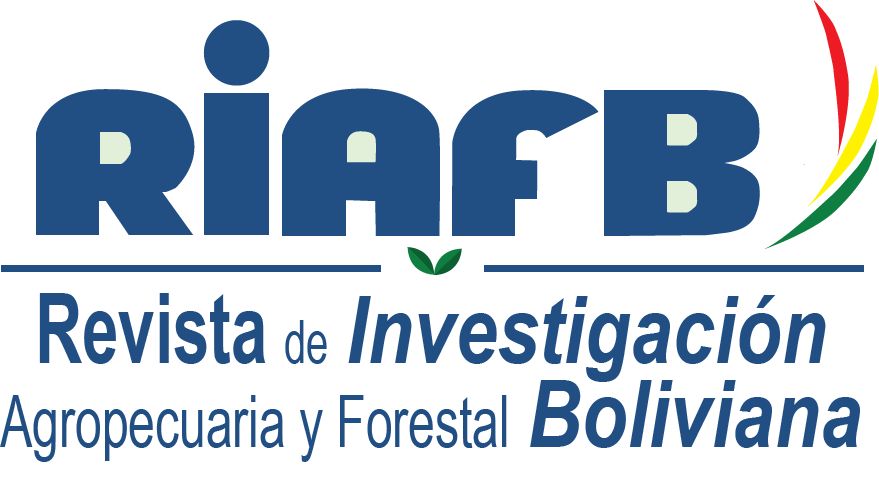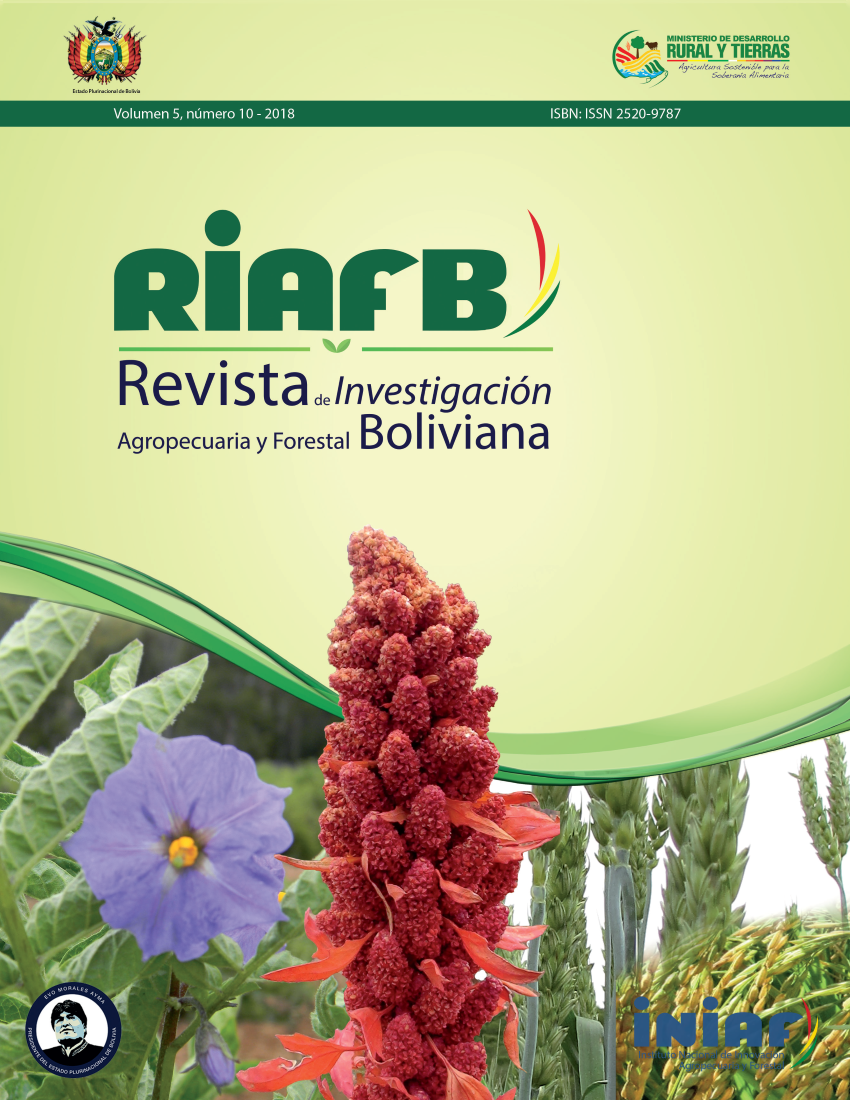Phenotypic stability of nine elite lines of biofortified wheat in six environments of the traditional production area of Bolivia
Keywords:
stability, biofortifiedAbstract
In order to identify biofortified wheat cultivars of high productivity, ten elite cultivars of biofortified wheat were evaluated in six environments of the traditional zone of wheat production of Bolivia. The study was developed in 2016-2017. The wheat lines were established in environments with high genotype discrimination capacity of the National Program of Wheat Improvement of INIAF. Eleven variables were evaluated, including quality and performance components. To analyze the data, univariate and multivariate tools were used to determine the parameters of stability and specific adaptability of the genetic materials under study. Eligible lines of biofortified wheat with specific stability and adaptability into specific environments with distinctive characteristics in the traditional area of wheat production were identified. Wheat lines 403 and 415 have an excellent performance in the department of Cochabamba, Tarija and have good projection for the rest of environments selected., also stands out for its good performance for quality features. The univariate and multivariate models allowed to determine the stability parameters of the genotypes and contributed to select outstanding materials that have less environmental genetic interaction, but of high productivity. The populations that were studied most have high iron and zinc (biofortified) contents compared to control cultivar, it allows to see very important genetic gains in order to contribute with technology for wheat sectors that the production is destined for the self-consumption.
Downloads
Published
Issue
Section
License

This work is licensed under a Creative Commons Attribution-NonCommercial-NoDerivatives 4.0 International License.




